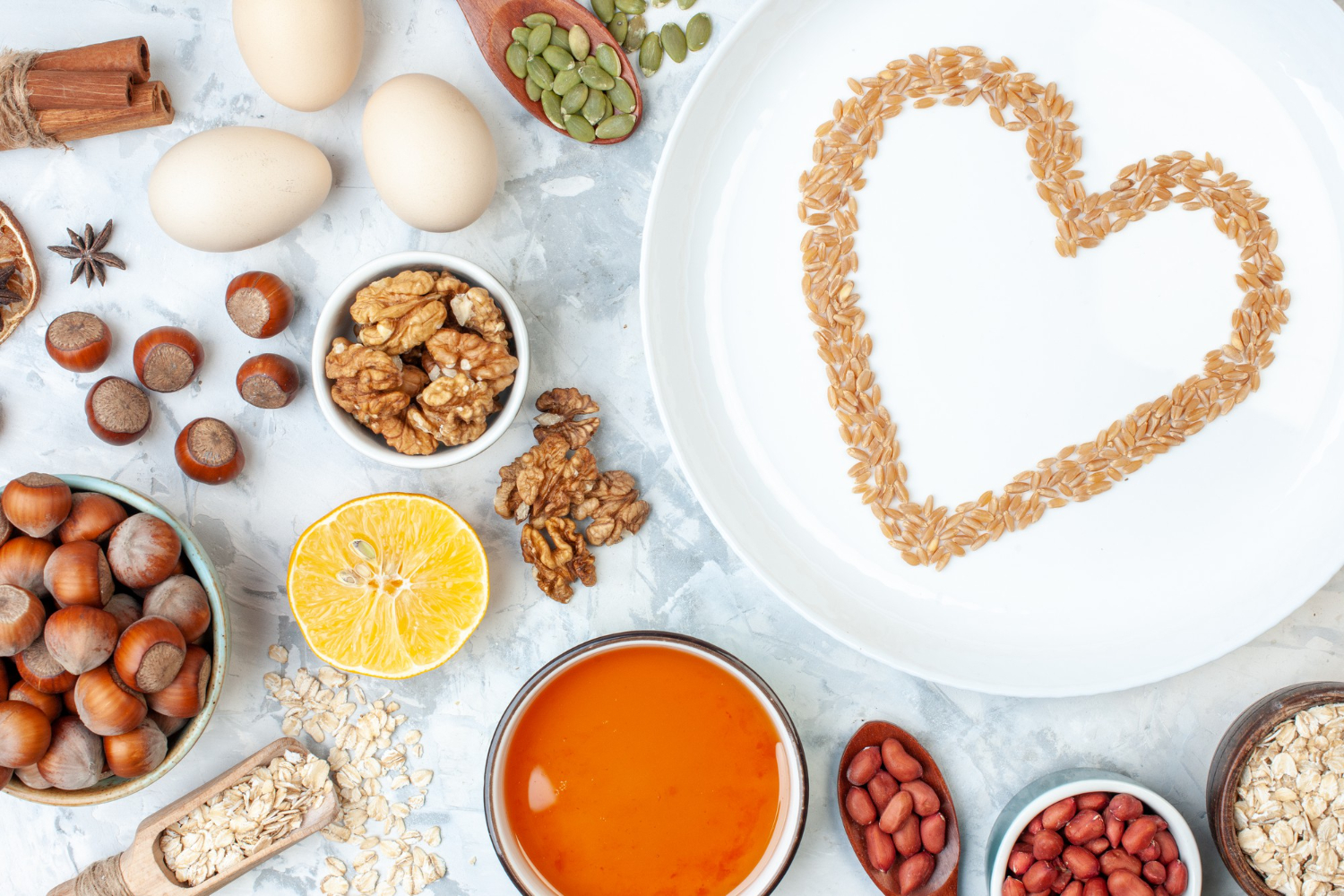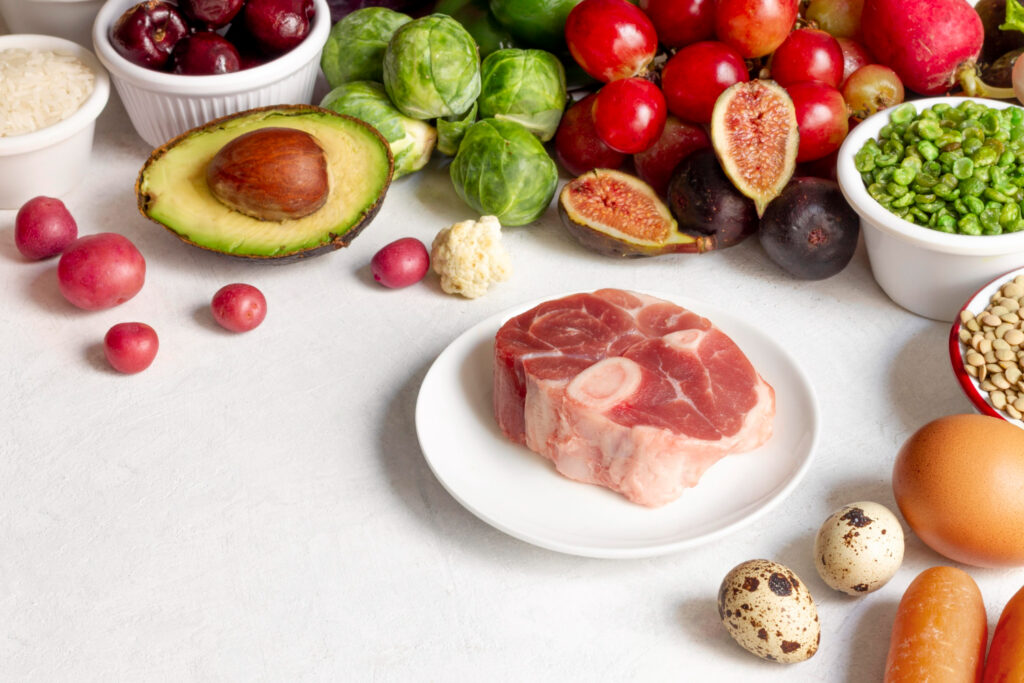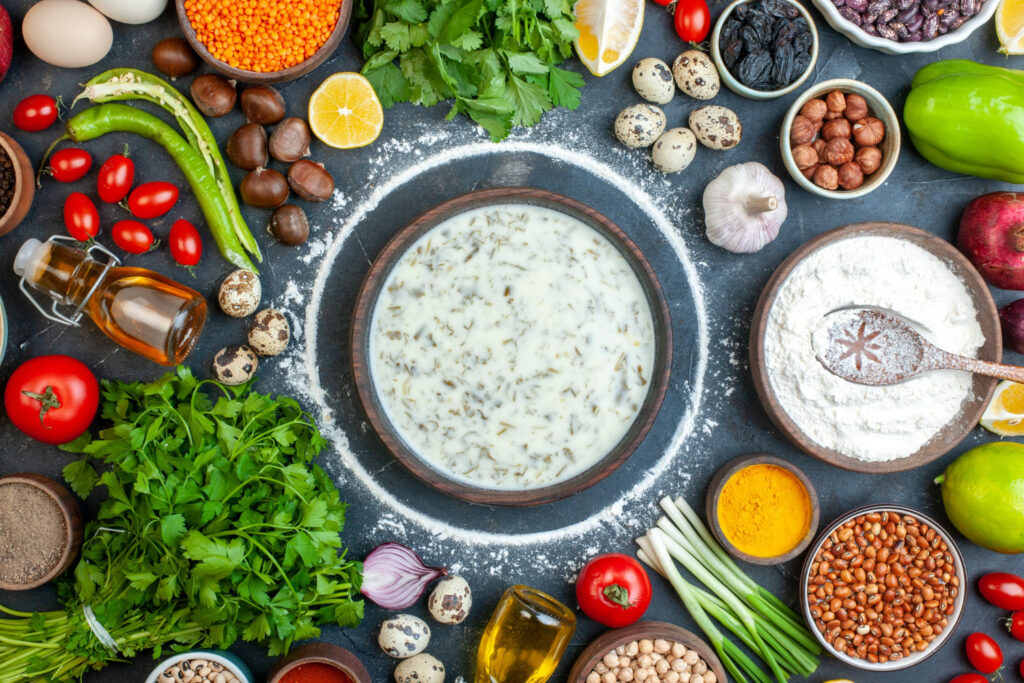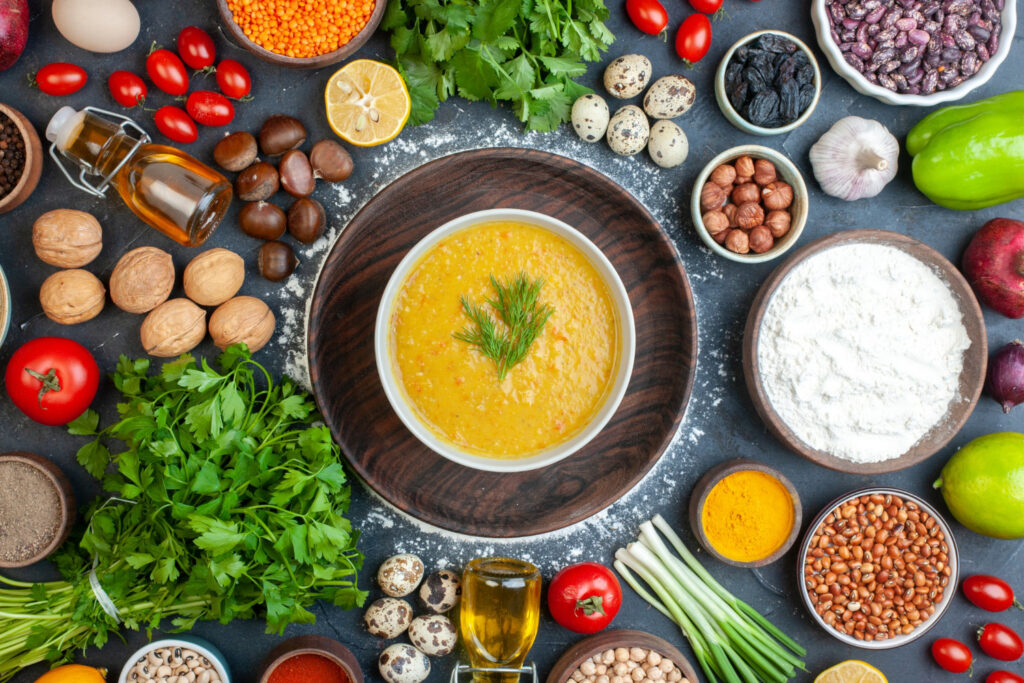The best time to take whey protein for bulking
You are on the bench and your muscles are burning and your breath is heavy after an amazing workout session. Just when you think you are through, your body just goes into the main game. Fuel! Fuel! cried your muscles. We are ready to grow.” That is where that can of whey protein in your gym bag just changes shape. No longer a mere powder, it is a kind of key to your body, unlocking the secret door to growth and recovery. But one big question troubled every athlete: When to turn this key? Right now? An hour later? Or perhaps I will not pick up a weight? Any long-time gym goer. Bodybuilding has endured through this temptation and confusion. One day the teacher is telling you, right after a workout, and the next day in a newspaper, it tells you the complete opposite. You shake your shaker each time you ask yourself a question that keeps coming back to you, you are either getting this golden fuel to your body at the optimum time possible or not. Perhaps the answer to this question is the difference between muscles that grow bigger and stronger daily, and the weary body that only strains itself futilely. This is the part of the story where it becomes exciting.
What is whey protein and why do athletes love it?
Whey protein is the white gold of the bodybuilding industry. What then is so appealing to professional athletes and even amateurs?
1- Fast and high-quality source of amino acids
2- He is complete in all the necessary amino acids and is absorbed into the blood rapidly. This rate of absorption enables the body to begin building muscle protein immediately and muscles regenerate much quicker after a workout.
3- Differences with other proteins
- Casein: Slow absorption, suitable for bedtime
- Plant proteins: Great for dietary variety, but slower absorption rate
4- Special Benefits for Bulking
- Rapid increase in blood amino acid levels
- Stimulation of muscle anabolism immediately after a workout
- Reduce fatigue and help you recover faster
The golden time of consuming whey protein
You might have heard that the consumption of whey protein is significant, but what does this mean? We shall show thee the golden windows of thy body:
1- Morning: Muscle Awakening
Blood amino acid level is low and muscles are in a catabolic state after 7 to 9 hours of sleep. Taking a whey shake in the morning is like flicking a switch in a muscle building plant. E.g., you could consume whey powder in low-fat milk and some date or raisins.
2- Pre-Workout: Muscle Motor Preparation
However, consuming whey 30 to 60 minutes prior to exercise will ensure that your muscles are fueled with protein and that you will have a better and more vigorous workout. It is so because even during exercise, the essential amino acids before the exercise arouse the production of proteins.
3- Next Workout: The Golden Window of Muscle Synthesis
This section is standard yet true: The body is best prepared to receive protein when 30 to 60 minutes after an exercise. The shake whey that contains some carb satisfies muscles easily and accelerates the healing process.
4- Before Bedtime: Nighttime Recovery
He digests rapidly, however, a combination with casein, or taking him with a light meal before sleep, will keep the muscles growing all night. Here is an example: you can drink whey powder with yogurt and some almond powder.

The right dosage and composition of whey protein for bulking
His intake is not merely of having a shake; it is the quantity and the nature of it that counts. When you take too much or too little by mistake, your muscles will not grow effectively.
How much protein per serving?
- The effects of whey protein are studied to suggest 20 to 30 grams of whey protein per serving is best to stimulate muscle protein synthesis.
- With heavy weights of professional athletes, the dosage can be maximized to 40 grams per serving, but beyond this, there is no further significant effect.
Important: Excessive eating in a short period of time, rather than muscle, can impose a burden on liver and kidney metabolism.
Combined with Healthy Carbohydrates and Fats
- A post-exercise intake of fast-absorbing carbohydrates raises insulin and more effectively delivers amino acids to the muscle.
- Non-workout meals should include the addition of healthy fats like almonds, walnuts, or sesame oil to slow and stabilize protein intake and enhance recovery at night.
Sample of a daily combination
| Suggested lineup | Protein content | Promise |
| Whey + milk + raisins + walnuts | 25 g | Breakfast |
| V+Bananas | 20 g | Pre-workout |
| V + Milk + Dates | 30 g | Workout Dimension |
| Whey + Yogurt + Honey | 20 g | Before bedtime |
Important: The consumption of protein during the day is more appropriate than eating a hefty portion. Three to four meals 3-4 times every day will mean maximum muscle building.
Golden Tips for Maximum Absorption and Muscle Building
Complementary and strategic principles Now that you have the amount and time needed to eat it, you need to eat it:
1- Don’t forget about hydration
- Proper water enables improved transportation of amino acids to the muscle.
- Recommendation: 35 ml or more of water/kg of body weight/day.
2- Exercise, Sleep and Nutrition: The Muscle Building Triangle
- Lacking exercise, that additional protein will not be expended in any way.
- Whey protein is neither a substitute nor an alternative to exercise or a balanced diet.
- Sleeping adequately (7 to 9 hours) boosts growth hormone and accelerates muscle recovery.
3- Common Mistakes That Hold Muscles Back
- Taking it without training or with light training
- Ignoring Whole and Varied Meals
- Overindulgence at one meal or night without the appropriate combination.

Common Mistakes in Whey Protein Intake
Even the best whey protein can be counterproductive if used incorrectly. Here are some of the most common mistakes athletes make:
1- The more, the more muscle
An ideal serving of protein to be absorbed to the body is about 30-40 grams. Beyond that, it enters the metabolism or excretion of energy that places additional burden on the kidneys.
2- Consumption without an exercise plan
Without training, whey protein is like fuel fed into a shutdown engine: it doesn’t make much movement.
3- Skipping Whole Meals
Supplemental protein is not a substitute for food. Combining them with balanced meals that include carbohydrates, healthy fats, and vegetables works best.
4- Forgetting the timing
Consuming them alone is not enough; dividing meals throughout the day, consuming before and after exercise, and before going to bed has a significant effect on protein synthesis.
Final Thoughts
Sportspeople and fans of bodybuilding usually get bombarded with various supplements and proteins. However, the most effective and safest method of getting maximum out of whey protein and any other supplements is to think through it and consult an expert dietitian. Arbitrary consumption can not only be not advantageous, but even impose an additional burden on the kidneys or nutritional disorders. requirements define the time of consumption and in combination with other foods in a totally personal and scientific manner. With access to professional, scientific and current nutrition teams, the athlete is guaranteed to build muscle in the best and safe manner. A golden triad is comprised of whey protein, smart exercise, and proper sleep. To make this triad a reality, one must, however, accompany a professional nutritionist and do their own planning. Even the finest proteins fail to work miracles without this harmony. To obtain a highly qualified and totally customized program developed according to your physical requirements and the picture of your future of attaining muscle mass, you may address the leading nutritionists in Jam Medical Complex and begin your muscle-building experience confidently, scientifically, and safely.
Resources
When Is the Best Time to Take Protein?
When is the most effective time to drink whey protein?
The effect of protein timing on muscle strength and hypertrophy: a meta-analysis



























